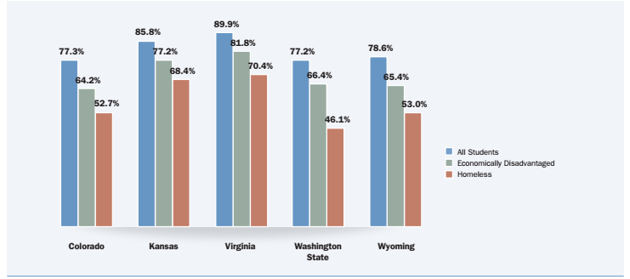We'd Be Better Off If Every Human Were As Good As the Top 10 Percent of Humans
James Pethokoukis comments on an Economist cover story making the case that teacher quality is important:
Among the many studies cited: a University of Melbourne review of more than 65,000 papers on the effects of various classroom interventions. It concludes that what matters most is teacher expertise: “All of the 20 most powerful ways to improve school-time learning identified by the study depended on what a teacher did in the classroom.”Another paper found that students taught by teachers in the top 10% for effectiveness learn 1.5 years’ worth of material in an academic year, three times as much as those taught by teachers in the bottom 10%....The big question, then, is to what extent goodteaching can be taught. Are high-quality teachers born that way or can they be made?
I've been hearing about this approximately forever. And I don't really doubt it. Some teachers are better than others. Duh. The most effective 10 percent of teachers help their students more than the other 90 percent. Duh. It would be great if we could train all teachers to be as good as the top 10 percent. Duh. We ought to fire the really bad teachers. Duh.
Here's what I don't get: Why is it that this frenzy about "quality" is mostly reserved for teachers? Isn't it true of literally every profession? Some prison guards are better than others. The most effective 10 percent of accountants will do your taxes better than the other 90 percent. It would be great if we could train all police officers to be We'd Be Better Off If Every Human Were As Good As the Top 10 Percent of Humans | Mother Jones:






















